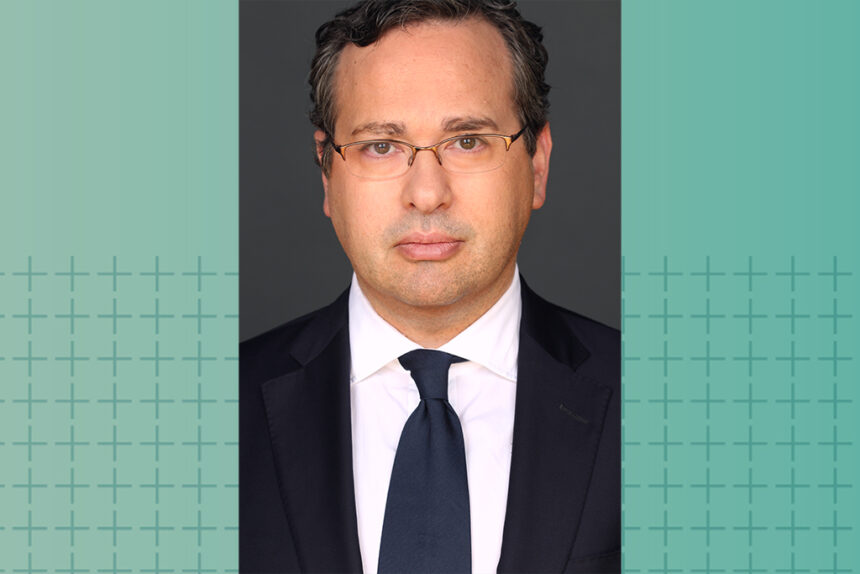Engagement with patients and HCPs within specific disease communities (chronic or acute, orphan or non) through traditional healthcare media can be very challenging — and is even more daunting via non-endemic channels.
This TrendTalks discussion, Rethinking the DTP Media Equation in Cancer, sponsored by SurvivorNet, focused on which tools are best suited to connecting with hard-to-reach, specific patient audiences.
As media budgets get squeezed, marketers are increasingly utilizing tools that allow more efficiency and predictability with their spend. Geo-targeted data around a medical center or various points in the healthcare system now allow marketers to prioritize based on writing behavior, patient population or market potential.
“Using extremely localized and targeted marketing within a geography down to a ZIP code can activate both HCP and patients together,” said Amy McCann, former director, customer marketing and HCP experience at Sunovion. “That’s been an incredibly powerful way to drive engagement at critical points in their journeys when the HCP and patient are most likely having an encounter.”
But those tools aren’t as applicable when it comes to extremely specialized patient groups who are often seeking treatment at their local hospitals. “NCI hospitals are incredible, but ultimately, 80% of cancer patients are treated in a community practice. Maybe we’re missing them,” said Steve Alperin, founder and CEO of SurvivorNet. For many patients, traveling to an NCI hospital is not an option and the treatment they are receiving at their community hospitals may not be the optimal, most recent protocol. In addition, patients must adhere to strict treatment regimens and encounter many opportunities on their patient journeys that can disrupt treatment, which can lead to inferior outcomes.
Alperin explained that it is particularly challenging to get information about new treatment options to physicians at community hospitals, particularly as marketers increasingly realize how vital community practices are.
SurvivorNet has enlisted some of those uber-specialists to create informational content for other physicians. The platform also develops patient-focused information about cancer in the form of patient guides disseminated via web, CTV and email products.
Messaging to the patient has evolved, with agencies even creating a PDF-based module that can be sent via cell phone to the patient after a physician visit. Participants discussed other effective methods they are using to deliver patient education.
Ambassadors lift patient engagement
“Formally approved ambassadors and MRL-approved scripts add an empathy portion because it’s a patient talking to another patient who is going through the same journey,” said Helen Chang, former VP marketing, brand commercial lead at Mallinckrodt Pharma. “Authentic patient stories work well — especially on social media. Digital is where the volume is and where data-informed journey mapping driving the right content provides the best customer experience,” added Stephen Calabrese, former pharma CX leader at Novartis Oncology.
Partnering with the right brand ambassador can be a gamechanger. When Idorsia partnered with Jennifer Aniston on its Seize the Night & Day integrated educational campaign on insomnia, the results were outstanding. “People wanted to see those commercials and videos we sent via email. And when we launched Quviviq, they were opening up the new Taye and Lindsey emails,” said Stephanie Garrison, former head, U.S. digital marketing at Idorsia.
“When you get celebrities involved you attract people because they recognize and identify with that person,” said Lars Merk, senior director, commercial digital customer engagement at AstraZeneca. “Those stories, whether they’re unbranded or branded or even happening on TikTok can be powerful if they move patients into better treatment.”
Partnering with a gay Black male celebrity with HIV or a celebrity dealing with ED can go a long way in removing any shame and fear a patient may be feeling about their own disease and motivate them to seek treatment. Merk noted that celebrity involvement isn’t a requirement for effective messaging and stressed that authentic patient campaigns can also be very effective. “Those authentic stories can tell a story in a really vivid way,” he said.
Merk cited a video, created for an ADHD brand, that featured three mothers talking about their children’s experience with the disease state, their fears and concerns, hopes and dreams. “None of it was scripted but we had amazing results,” he said. “They even talked about their concern about side effects of the drugs. Ultimately the compliance people went the right way and kept it in.”
Patients eager to hear from other patients
All indications show that patients are eager for information on other patients’ experiences. Alperin cited research that showed patients were very interested in hearing about patients who were one step ahead of them in their patient journeys. “There’s value in finding those people even when they are a unicorn network,” he said. To be seen as authentic, it’s critical that messaging from patients is delivered in their own voices.
Panelists debated whether media plans were skewing toward more non-endemic content and channels or if the pendulum was swinging back to forums such as WebMD to convey patient education information.
Merk felt the decision is dependent on the brand and therapy area. “If I’m trying to reach somebody who has not been diagnosed with asthma, I want to go to much younger channels,” he said.
Chang stressed the importance of partnering with key opinion leaders and patient advocacy groups to get a better understanding of the patient journey “You need to know that background in order to design how you’re going to tackle the problem,” she said. Marketers are finding success working directly with those organizations directly or reaching them through agency partners.







